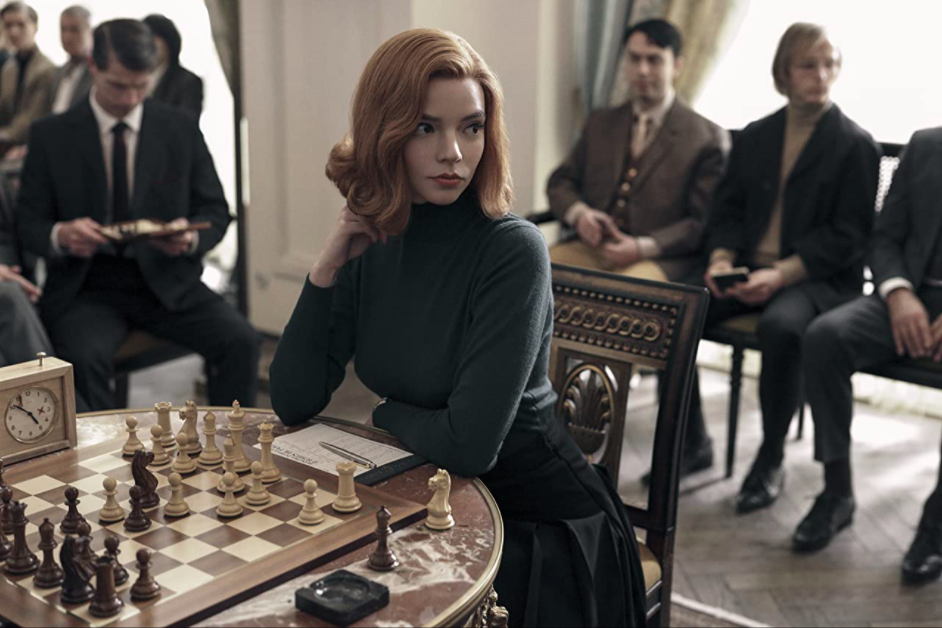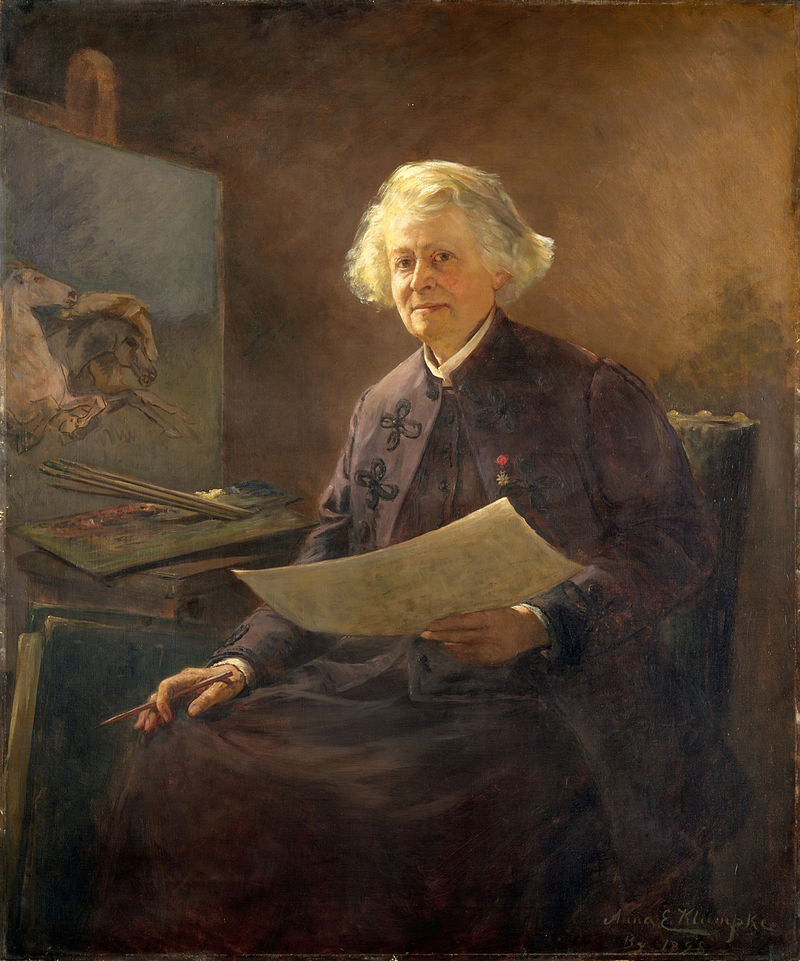Art World
Did You Catch the Clever Art-Historical Easter Egg in the Netflix Hit ‘The Queen’s Gambit’? Here’s What It Means
The show offers a background homage to a French painter whose life echoes the themes of the story.

The show offers a background homage to a French painter whose life echoes the themes of the story.

Ben Davis

The Queen’s Gambit is currently burning up Netflix (and causing a national shortage of chess sets) with its tale of Elizabeth Harmon, an orphan prodigy succeeding in the male-dominated world of chess in the ‘60s. Based on a 1983 coming-of-age novel by Walter Tevis, Harmon’s story is entirely fictional. The miniseries does, however, feature a fun art history reference that throws a light on a real figure fans of the show are likely to find just as intriguing: Rosa Bonheur.
Early in episode two, the young Elizabeth (Anya Taylor-Joy) is welcomed into to her new home by her adopted mother, Alma Wheatley (Marielle Heller). “Those are Rosa Bonheur prints,” Wheatley says of the art on the walls, copies of Bonheur’s Shepard in the Pyrenees (1888) and Wild Cat (1850). “Not originals of course. Do you like animals? I do. I love them.”
It’s a small detail—but for art history nerds, it actually hints at most of the themes in the series. (The decor comes directly from the description of the Wheatley house in the Tevis book.)

Anna Klumpke, Portrait of Rosa Bonheur (1898). Image courtesy Metropolitan Museum of Art.
“Rosa Bonheur,” as Linda Nochlin once wrote in her path-breaking 1971 essay on feminist art history, “Why Have There Been No Great Women Artists?,” “is a woman artist in whom, partly because of the magnitude of her reputation, all the various conflicts, all the internal and external contradictions and struggles typical of her sex and profession, stand out in sharp relief.”
Bonheur was born in 1822. Her own mother struggled, in the face of an absentee husband, to support the family with piano lessons, and died when Bonheur was a girl. These themes are echoed in The Queen’s Gambit’s relationship between Elizabeth (whose own mother died when she was young) and Alma (a frustrated piano player with an absentee husband).
Bonheur, who got her start copying paintings in the Louvre as a teenager, went on to become one of the most celebrated and successful painters of her epoch, with a focus specifically on animals. She often dressed in men’s clothing to increase her mobility and get close to her subjects. Her painting The Horse Fair (now in the Metropolitan Museum collection) became a sensation in England, and was reproduced all over Europe and the United States. In her native France, she was the first woman to receive the Légion d’Honneur for achievement in the arts, with Empress Eugénie de Montijo famously declaring, upon giving it to her, “Genius has no sex.”
Bonheur’s commitment to an independent career also separated her from having anything like a typical family life (Bonheur lived, at different times, with painters Nathalie Micas and Anna Klumpke, and scholars debate whether these were romantic relationships). “I wed art,” she once said. “It is my husband—my world—my life-dream—the air I breathe. I know nothing else—feel nothing else—think nothing else. My soul finds in it the most complete satisfaction.”
You could say that Alma Wheatley having Bonheur prints probably suggests that she is an educated woman with a sense of independent potential—though the fact that she describes them as just pictures of animals also symbolizes that her aspirations are stifled. The fictional Elizabeth Harmon’s arc, on the other hand, retraces the rough contours of Bonheur’s life, with a passion for competitive chess substituting for art.
Only since 2017 has an initiative in France come alive to create a dedicated museum out of Bonheur’s house, the Château de By, notes a recent Smithsonian magazine article. Spearheaded by Katherine Brault, the proposed Musée de l’atelier Rosa Bonheur hopes to bring greater attention to Bonheur’s legacy in France. It received official support from the French government only last year as one of 18 sites targeted for preservation.
Maybe it gets another small boost from Bonheur’s cameo in The Queen’s Gambit.